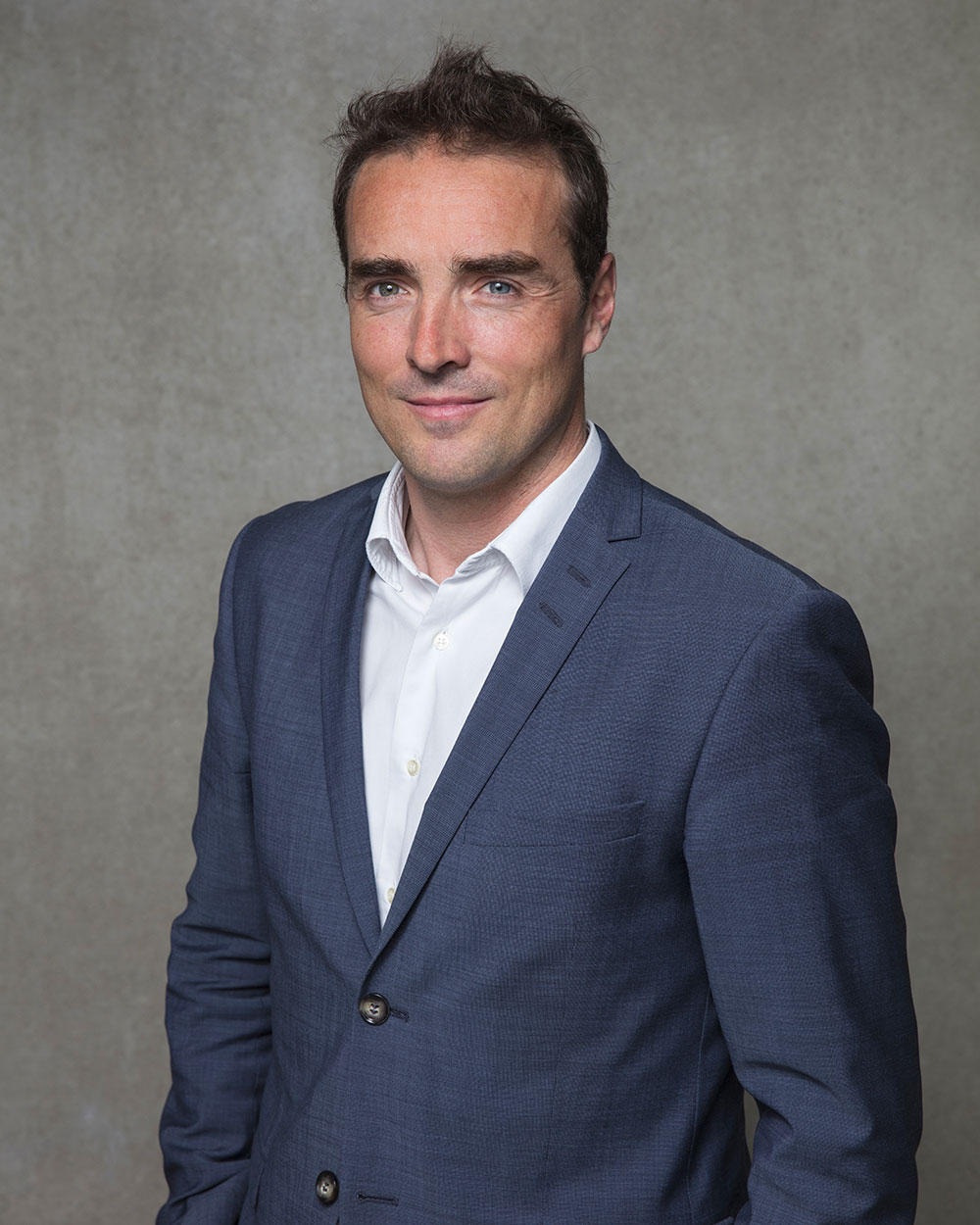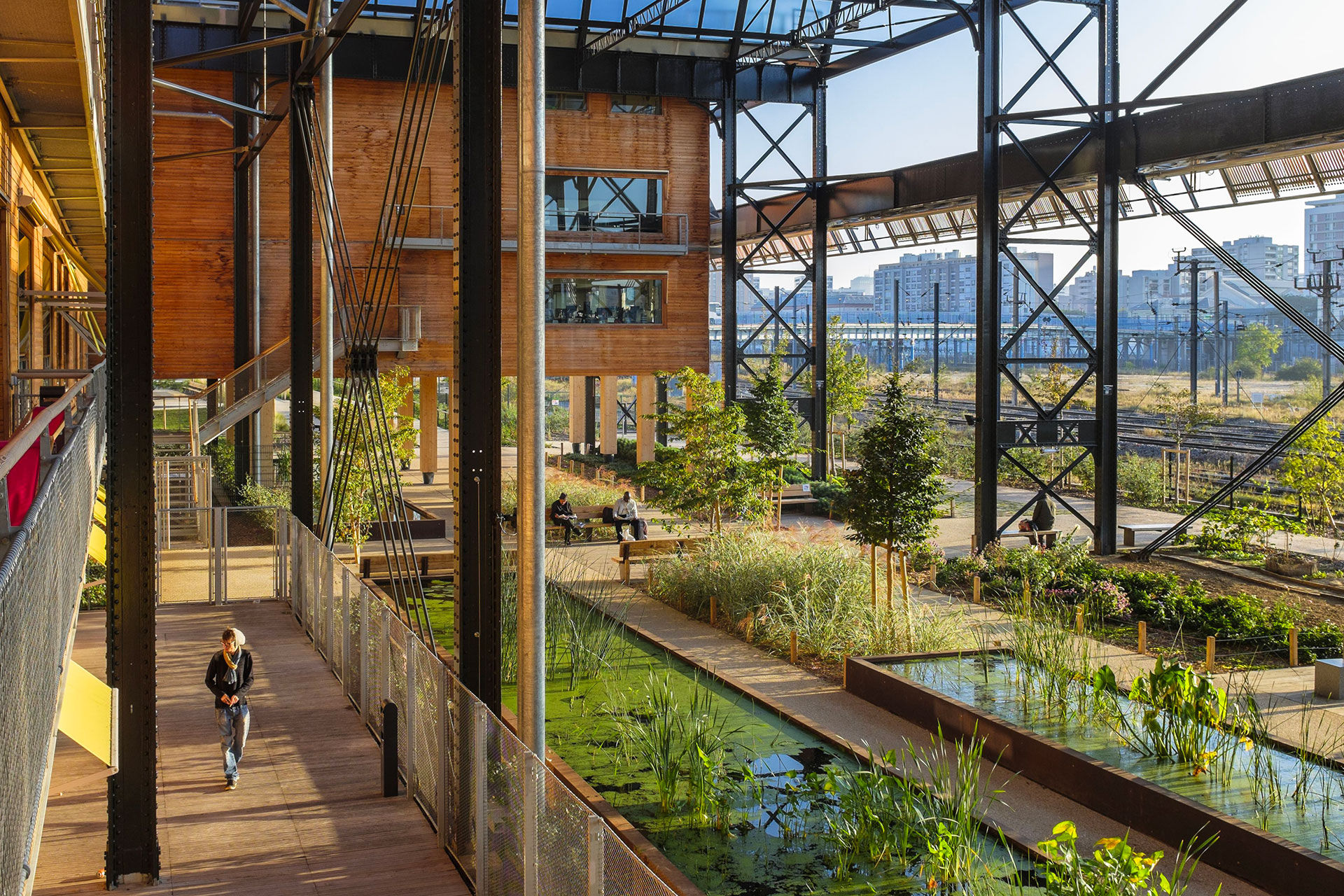One to one with CSTB
The CSTB, french scientific and technical center for the building industry (Centre Scientifique et Technique du Bâtiment), is responsible for designing the buildings and cities of tomorrow. What are the challenges facing the construction and urban development sectors today with regard to the impacts of climate change?Julien Hans: Since the dawn of time, we have always built with protection and comfort in mind. It was only in 1980 that the first thermal standards were introduced, which were then based on an economic rather than environmental logic. But we are now evolving in response to the major challenge of climate change, which requires a reduction in GHG (greenhouse gas) emissions, as well as other emerging issues of pollution (water, air, soil), depleting natural resources and declining biodiversity. This recognition of the finiteness of resources and the capacity to absorb pollution is now leading to a major change in the act of building, of which we are in Year 1: since 2022, we are required by environmental regulations to account for the GHG emissions of new buildings. Combined with the fact that current building structures, which emit up to 300 kg of GHG per m2, will be destroyed when they are no longer needed, the question of reuse arises. In fact, circularity is also becoming an established feature of construction.
While everyone agrees that it was necessary to do so, the Climate and Resilience Law has a major impact on the construction industry, which is discovering its obligations. But let's make no mistake: we want to make low-carbon buildings, but above all we must make low-carbon societies, and therefore at least low-carbon cities. No matter how efficient a building is, it will not work if it is not thought out in the urban system as a whole.

Julien Hans © Raphaël Dautigny
Why does the SCO France represent an opportunity for the CSTB as a public institution?J.H.: Before we can help the different actors and territories to make the right decisions, we need information and data to structure our analysis: what materials to use, what to change in the design of the structure, how to ensure comfort in summer...? When the SCO was presented to us, we were struck by the amount of data available from space and by the stated desire to make it available. We quickly identified a very strong interest in the service of construction and, conversely, that the CSTB possesses relevant information for several SCO projects.
I will never forget the angle of attack of our first meeting with CNES: "what are the similarities between a lunar or Martian station, in an environment offering very few resources to build it, and a house that neither consumes nor emits anything, and therefore has no impact on its immediate environment?” This starting point led us to very different topics, proving that we have a lot to learn from each other.
How will satellite data complement what your institution's climate teams are already doing?J.H.: At the CSTB, the priority today is the renovation of the building stock, which must consume less and protect itself from the consequences of climate change. To do this, we are trying to build various indicators, both economic and health risk. In our simulations of urban heat islands, for example, surface albedo is fundamental, which the satellite measures very well, as is land use. When crossed with our topographic field databases, the precise and up-to-date spatial data provide robustness to our modelling. Moreover, the CSTB researchers involved are very happy with the SCO dynamic and the projects that it has made possible to launch.
Speaking of projects, you are involved in Thermocity, which was awarded the SCO label in 2020, and Sat4BDNB, which was awarded the label in March 2022. What role do you play in these projects?J.H.: For Thermocity, which focuses on urban heat, we have mainly opened up access to our data vault, and the project is progressing quickly and well. For Sat4BDNB, we are directly responsible for completing our new National Building Database. We built it by retrieving all existing national databases related to housing and construction, geolocating and grouping the data around unique building identifiers, adding AI to fill in the missing data. Today this database is the digital twin of the existing stock of 32 million dwellings. By cross-referencing this data with additional information from space, Sat4BDNB will generate a major tool for the renovation strategy of the existing stock.
What future do you see for the SCO?J.H.: In this SCO logic, where the research players federate around fundamental objectives, we observe that things go faster and the results are better. I cannot comment on the future of the SCO but, given the time we have left to act, I strongly urge you to support the development of such projects, which provide very useful building blocks for all those involved in the fight against climate change.
----------
As a public company serving its clients and the general interest, the CSTB Scientific and Technical Centre for the Building Industry aims to design the buildings and cities of the future, by supporting and securing sustainable construction and renovation projects, to improve the quality of life of their users by anticipating the effects of global warming.
To this end, it carries out 5 key activities: research and expertise, evaluation, testing, certification and dissemination of knowledge. It thus responds to 3 main missions at the service of construction players and the general interest: creating and sharing knowledge, supporting innovation, and securing and promoting performance.



